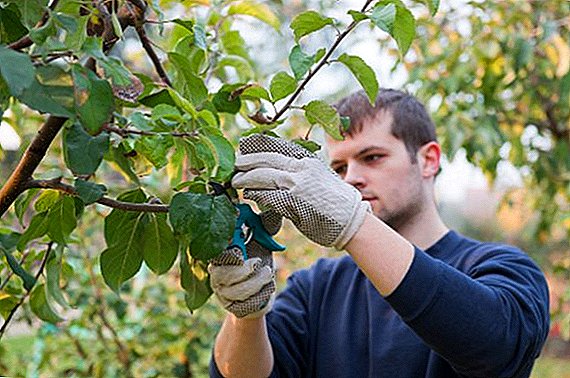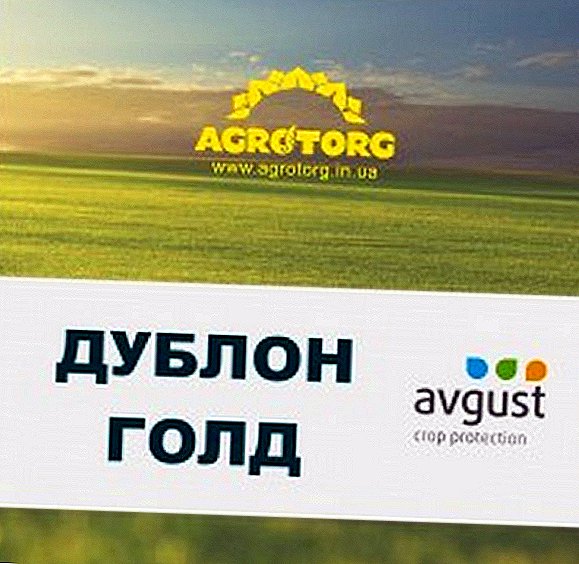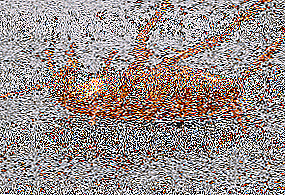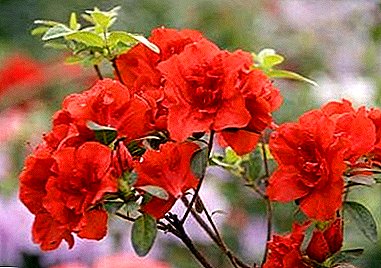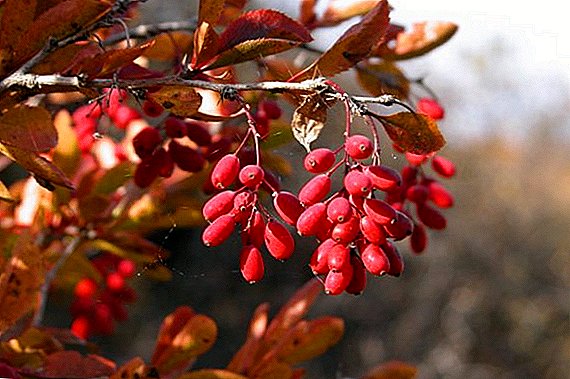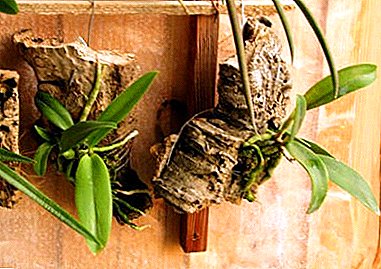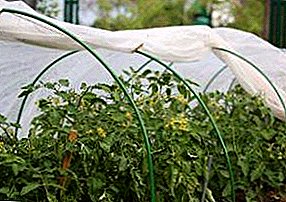
Tomato hybrid Ob domes F1 bred by domestic breeders at the Siberian Garden agricultural firm. In this hybrid all the advantages of Siberian selection tomatoes are perfectly arranged.
A full description of the variety, its main characteristics and features of cultivation can be found in our article. We will tell you about these tomatoes all that we know about ourselves.
Tomato Ob domes: variety description
| Grade name | Ob domes |
| general description | Early ripe hybrid |
| Originator | Russia |
| Ripening | 90-98 days |
| The form | Heart-shaped fruits |
| Colour | Red |
| Average tomato mass | 220-250 grams |
| Application | Ideal for pickling and pickling |
| Yield varieties | 4-5 kg per square meter |
| Features of growing | Tying up and pinching required |
| Disease resistance | Need prevention |
 Low plant, adapted to planting on open ground or in tunnel film shelters. The small height of the bush (from 45 to 50 centimeters) makes it easy processing. When landing in the greenhouse reaches a somewhat greater height (up to 70 centimeters).
Low plant, adapted to planting on open ground or in tunnel film shelters. The small height of the bush (from 45 to 50 centimeters) makes it easy processing. When landing in the greenhouse reaches a somewhat greater height (up to 70 centimeters).
Hybrid of early terms of ripening. From planting seeds to picking the first fruits, the period ranges from 90 to 98 days..
The best yield is achieved when a plant is formed in 3-5 stems. Because of the rather large mass of fruits, the plant is tied up. According to the advice of gardeners who grew this hybrid, it is necessary to remove the stepsons, but not above the place of the ovary of the first brush.
The small size of the bush allows you to place 5-6 plants per square meter of land. When grown on open ridges, 4-5 kilograms of fruit can be harvested from a bush.. Under shelter conditions, the harvest is somewhat higher. About 6 kilograms.
Advantages of a hybrid:
- Low plant height.
- Resistance to adverse weather conditions.
- High yield.
- Versatility of use.
- Good preservation during transportation.
According to reviews of gardeners, the only drawbacks are the need to remove stepchildren and tying up the plant.
Yield varieties can be compared with others:
| Grade name | Yield |
| Ob domes | 4-5 kg from a bush |
| Black moor | 5 kg per square meter |
| Apples in the snow | 2.5 kg from a bush |
| Samara | 11-13 kg per square meter |
| Apple Russia | 3-5 kg from a bush |
| Valentine | 10-12 kg per square meter |
| Katya | 15 kg per square meter |
| Explosion | 3 kg from a bush |
| Raspberry jingle | 18 kg per square meter |
| Yamal | 9-17 kg per square meter |
| Crystal | 9.5-12 kg per square meter |
The fruits are quite large, weighing from 220 to 250 grams. Pink - red. Very dense skin and fleshy pulp, sugary on a break, do fruits well suitable for different types of salting and marinade.
Fruit weight can be compared with other varieties:
| Grade name | Fruit weight |
| Ob domes | 220-250 grams |
| Sensei | 400 grams |
| Valentine | 80-90 grams |
| The Tsar Bell | up to 800 grams |
| Fatima | 300-400 grams |
| Caspar | 80-120 grams |
| The Golden Fleece | 85-100 grams |
| Diva | 120 grams |
| Irina | 120 grams |
| Batyana | 250-400 grams |
| Dubrava | 60-105 grams |
A photo


Recommendations for growing
Sowing seeds for seedlings are recommended to be carried out 45-55 days before planting seedlings into the ground. The most optimal temperature for germination is 20-22 degrees Celsius.
When sprouts appear, it is not bad to feed fertilizers with mineral fertilizers. The hybrid responds well to watering with warm water and fertilizing with complex fertilizers.
 On our site you will find a lot of useful information about growing tomatoes. Read all about indeterminant and determinantal varieties.
On our site you will find a lot of useful information about growing tomatoes. Read all about indeterminant and determinantal varieties.And also about the intricacies of care for early-ripening varieties and varieties characterized by high yield and disease resistance.
Diseases and pests
 Diseases of tomatoes can have a different origin (fungal, viral, bacterial). Knowing the signs and causes of occurrence, you can successfully fight against plant diseases in the greenhouse.
Diseases of tomatoes can have a different origin (fungal, viral, bacterial). Knowing the signs and causes of occurrence, you can successfully fight against plant diseases in the greenhouse.
Anthracnosis can affect the leaves and fruits of plants. In case of damage to the leaves, they wilt, exposing the trunk of the plant. At infection of fruits on them appear hollow brown spots.
As a measure of struggle recommend treatment with the drug "Strobe." The solution is prepared at the rate of 2 grams per bucket of water. Shrubs are sprayed twice during the growing season. Effective even when hit on only one side of the sheet. Available in the form of water soluble granules.
Mealy dew is most commonly seen in greenhouses.made of glass. Leaves and fruits do not change shape. It promotes the spread of high temperature as well as insufficient watering. Completely destroys the causative agent of the disease treatment with sodium humate at a concentration of 1 gram per liter of water.
Colorado beetle. Most often, potatoes are affected, but tomatoes are not insured against pest damage. For the fight recommend manual collection of larvae and beetles. For large volumes of damage, treatment with Iskra DE or Komandor preparations is advised, carefully observing the instructions on the package.
Gnawing scoop. Caterpillar damages plants, emerging from the laying of butterfly eggs. As a measure of control advise deep digging in the fall. To combat the caterpillar, you can apply the extract of wormwood. Finely chop 300 grams of wormwood, pour a bucket of hot water, add a glass of wood ash and a couple of spoons of liquid soap. After cooling to spray the plant and the soil around it.
Can be treated with the drug "Strela". The drug serves as an additional source of feeding for the plant.
| Mid-season | Medium early | Late-ripening |
| Anastasia | Budenovka | Prime minister |
| Raspberry wine | Mystery of nature | Grapefruit |
| Royal gift | Pink king | De Barao the Giant |
| Malachite Box | Cardinal | De barao |
| Pink heart | Grandma's | Yusupovskiy |
| Cypress | Lev Tolstoy | Altaic |
| Raspberry giant | Danko | Rocket |



